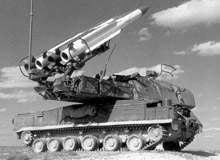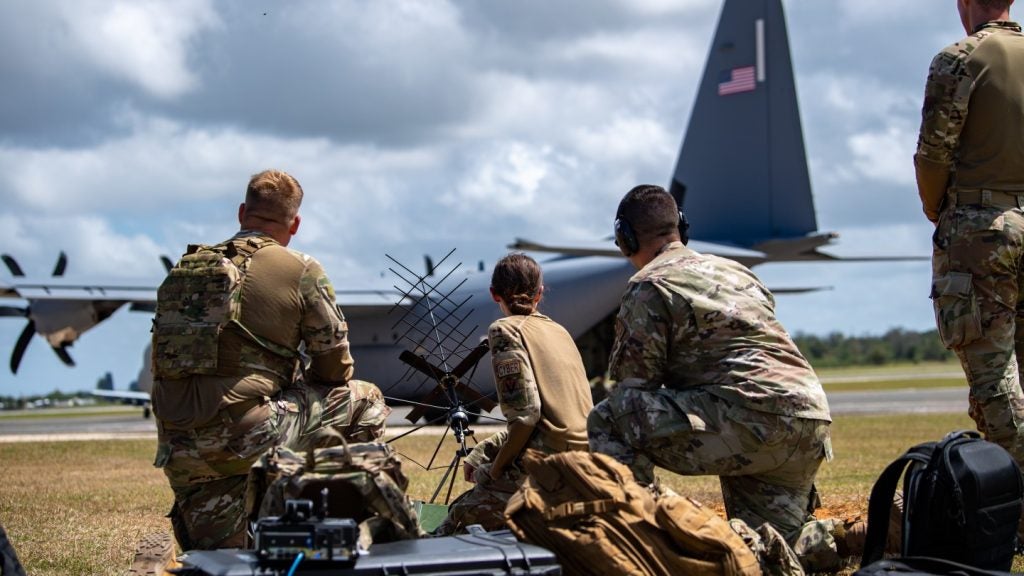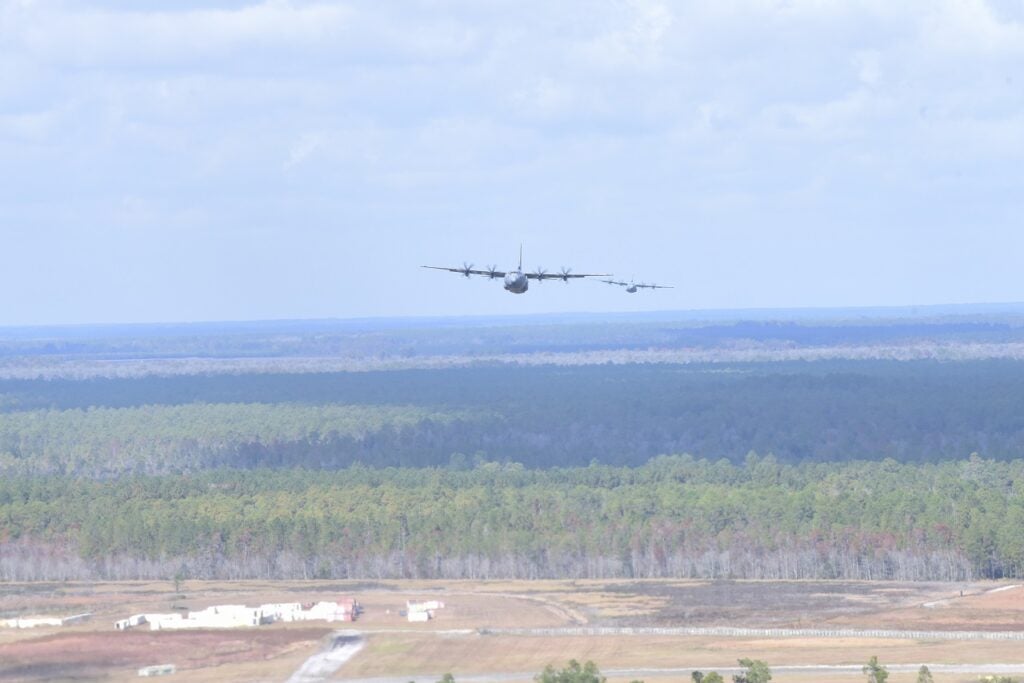
It’s Sunday 29 April 2007. Cricket fans have gathered in playgrounds, clubs, parks and hotels all over Colombo to watch giant screens showing their national side Sri Lanka taking on Australia in the World Cup final. Dressed in the deep blue of the national team, the fans use Sri Lankan flags to shield themselves from the rain as they chatter excitedly about the game. Suddenly, loud explosions crack around the city and anti-aircraft fire lights up the night sky. Colombo is under attack.
There’s a mad scramble as the cricket lovers flee, ignoring the pleas of event organisers to stay calm and tearing away from the playgrounds, parks and hotels in search of safety and loved ones. Bombs rain down from the sky, hitting their intended targets – two petrol storage depots – and plunge the city briefly into darkness.
It may sound like the sort of scene you’d associate with Iraq but for Sri Lankans, the threat of bombs, bullets and bloodshed is becoming an increasingly real part of everyday life – the Liberation Tigers of Tamil Eelam (LTTE), better known as the Tamil Tigers, have become the first guerrilla group in the world to put together an air force.
RAISON D’ETRE
The Tamil Tigers were founded in 1975 by Velupillai Prabhakaran, who still runs the organisation, with the aim of forcing the Sri Lankan government into handing the minority Tamil people an independent state.
See Also:
Viewing themselves as freedom fighters, but proscribed as a terrorist organisation by over 30 countries around the world, the Tigers have traditionally used ambush, roadside bombs and conventional bombs to get their message across. In 1984 they added a naval capability, the Sea Tigers, and in March 2007 they showed the world what the Sri Lankan government had feared for some time: a Tiger air force.
How well do you really know your competitors?
Access the most comprehensive Company Profiles on the market, powered by GlobalData. Save hours of research. Gain competitive edge.

Thank you!
Your download email will arrive shortly
Not ready to buy yet? Download a free sample
We are confident about the unique quality of our Company Profiles. However, we want you to make the most beneficial decision for your business, so we offer a free sample that you can download by submitting the below form
By GlobalDataThere has officially been a ceasefire between the Tigers and the Sri Lankan government since 2002. However, hostilities have not really stopped and, since the fighting began, more than 70,000 people have been killed.
TIGERS BARE THEIR TEETH
The Tigers had boasted of having an air force since 1995 but no evidence was seen until March 2007, when two light aircraft sneaked in under the Sri Lankan government’s radars and bombed an air force base next to Colombo International Airport. Three air force personnel were killed and 16 injured but the ramifications were greater than that. How had a terrorist group like the Tigers been able to put together an air wing? And what would they do next?
The answer was not long in coming. The following month two Tiger planes dropped bombs on the Palaly military base, headquarters for operations against the Tigers in the north, killing six soldiers.
This was followed by the attack on the petrol depots on the night of the cricket World Cup which caused major disruption to the city including the electricity being switched off and the airport being closed, although no one was killed.
WHAT AND HOW
The Tigers are believed to be operating between two and five Czech-built Zlin Z-143 light aircraft, which have a range of 630nm, an endurance of over five hours and a maximum speed of 162mph. They have a wing span of 10m and are capable of carrying an ordinance load of 240kg.
The planes are designed ‘for the pilots who want more than straight flying from point A to point B’. According to manufacturers Morovan Aeroplanes, “night and IFR (instrument flight rules) training and flying, and great flight characteristics and additional instruments make the Zlin easy to fly at night or in low visibility conditions.”
The big question is: how did they get them onto the island without anyone noticing? The latest theory is that the planes were smuggled into Sri Lanka in pieces, some hidden in coffins, whilst security was relaxed to aid the humanitarian effort in the wake of the 2004 tsunami.
SRI LANKAN RESPONSE
The fact that the tiny Flying Tigers air wing has three times outwitted the Sri Lankan Air Force, which boasts 100 aircraft including supersonic jets, spy planes and helicopter gunships, is causing consternation among those in the know.
“You can understand that the Tigers will use a light aircraft once, but there is something wrong when the air force is not able to take it out after three attacks,” retired brigadier general Vipul Boteju said in May.
So what exactly are the Sri Lankan authorities doing wrong?
ANTI-AIRCRAFT GUNS AND RADAR
The Sri Lankan government has worried about the Tigers developing air capabilities for years and lodged a formal complaint with the Nordic truce monitors observing the ludicrous ‘ceasefire’ in 2005.
Security was stepped up earlier this year when anti-aircraft guns were fitted to Colombo International Airport just before the Flying Tigers’ attack. It was thought that this, coupled with sophisticated radar systems, would prevent air attack becoming a threat. And, even if the Tigers breached those defences, there was always the Kfirs, Mig-27s and Y-8 bombers to keep the Sri Lankans safe.
However, to date, the Flying Tigers have managed to penetrate the authorities’ entire defence mechanism by flying slow, low and at night. By swooping in on their targets at speeds of around 100km/h, the Flying Tigers have ensured that their radar return could not be distinguished from that of a lorry, making them almost impossible to pick out.
By flying at night, they have ensured that Sri Lankan authorities are blasting anti-aircraft fire wildly into the sky, aiming at targets they cannot see. And the bonus, which the Tigers may not have known, is that the Sri Lankan authorities admitted after the first raid that they don’t have night-flying capability.
GETTING DESPERATE
To compound the misery of not being able to lay a paw on the Tigers, the government has exacerbated its problems by publicly lurching from denial to appealing for overseas help.
Following the second Tigers’ air raid, the Media Centre for National Security said it ‘totally denied’ an air strike ever took place, while group captain Ajantha de Silva agreed that ‘nothing like that happened’.
After the third attack, the Sri Lankan authorities tried to entice India into the conflict, even though a Tigers’ spokesman had said after the first air strike that ‘our air assets are for the protection of the Tamil people and will not be used against any other country’.
However, in desperation, Sri Lankan foreign secretary Dr Palitha Kohona told a press briefing: “There is an air threat which has a range of 200nm to 300nm, and this range brings within it not only cities within Sri Lanka, shipping in the Indian Ocean, but also the nuclear installations of India.
“We are talking about a terrorist organisation that did not hesitate to murder the prime minister of our neighbour. So the possibility is always there.”
WHAT NEXT FOR THE TAMIL TIGERS?
In August the commander of the Sri Lankan air force, air marshal Roshan Gunatilleke, announced that only two radars had been available when the Flying Tigers first attacked but that, thanks to training provided by India, 80% of the work to counter the Flying Tigers is now complete.
“The air force is prepared to face any situation regarding any LTTE air attack in the future,” he said. “They are very much weakened because the air force is here. We have got them on the run.”
More government propaganda or the confident statement of a man who knows his defences can’t be breached any longer by the world’s only guerrilla air force? Watch this (air) space.







